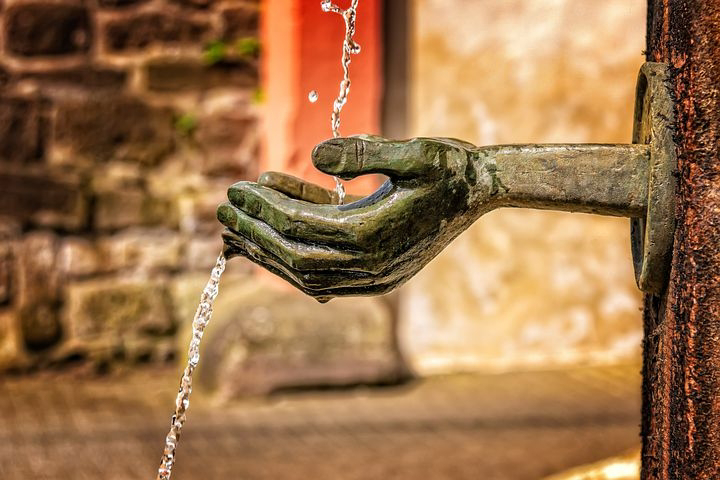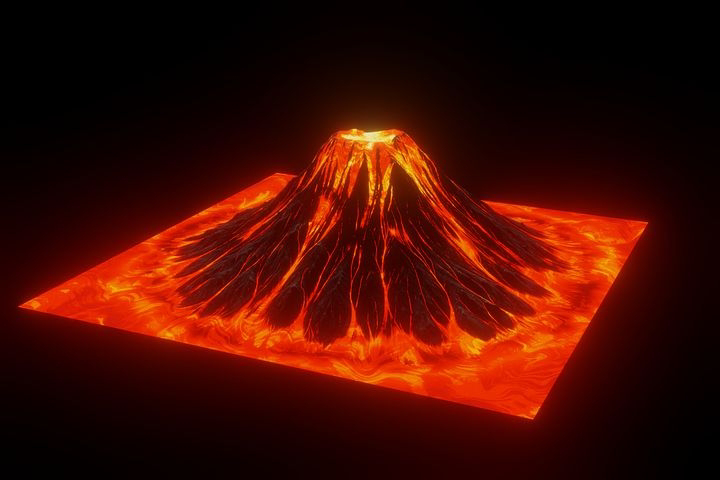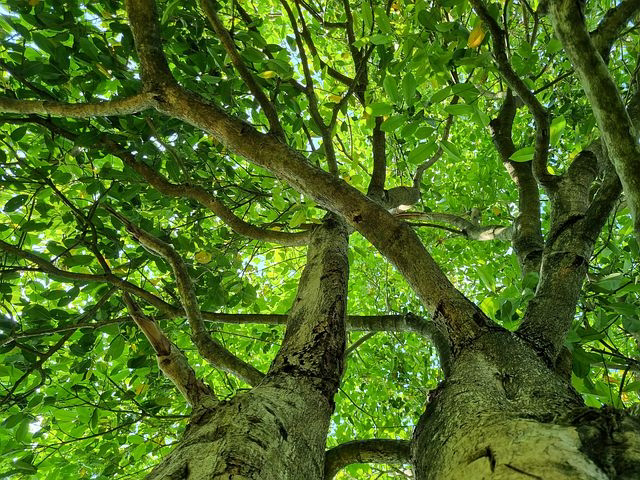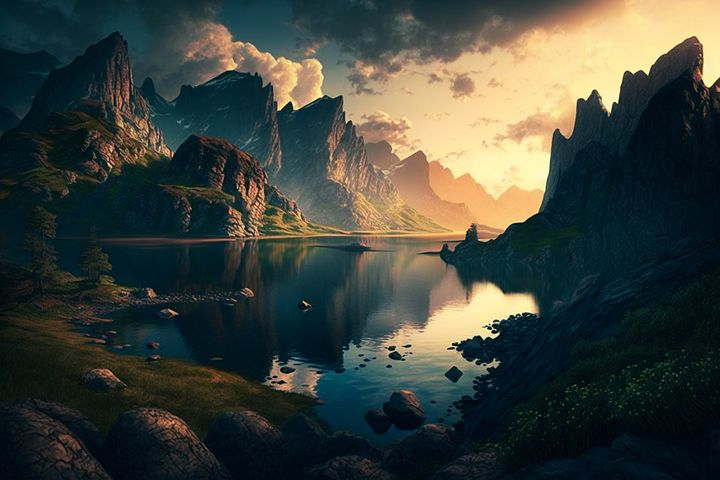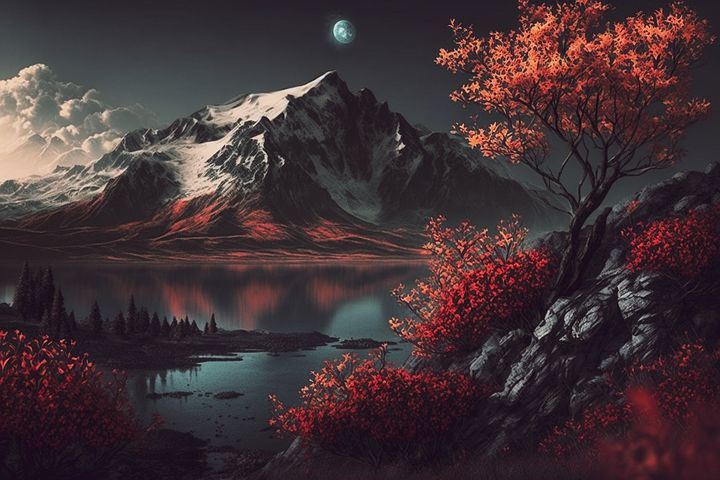'स्वच्छ' म्हणजे काय ? स्वच्छ म्हणजे जिथे कोणतीही घाण नाही अशी जागा. आपण आपले शरीर स्वच्छ ठेवले पाहिजे. जर का शरीर स्वच्छ नसेल तर आपल्याला वेगवेगळे आजार होतात, आणि ते आजार हवेद्वारे पसरतात आणि दुसर्यांना ही होतात. म्हणूनच आपण आपले शरीर स्वच्छ ठेवले पाहिजे, जर का शरीर स्वच्छ असेल तर आपण आपले घर स्वच्छ ठेवू शकतो. घर स्वच्छ झाले तर आपण आपल्या आजूबाजूचा परिसरसुद्धा स्वच्छ ठेवतो. जर का असे मनापासून केले तर आपल्या देशाचा कानाकोपरा सुद्धा स्वच्छ होऊ शकतो. स्वच्छता केल्याने/ठेवल्याने ते आपल्यालाच उपयोगी ठरते. म्हणूनच म्हणतात की
" Cleanliness is the next to Godliness "
आपण स्वच्छता ठेवल्याने आपल्या आजूबाजूला रोगराई पसरणार नाही. आपण आपल्या दररोजच्या जीवनात प्लास्टिकचा वापर कमी केला पाहिजे. प्लास्टिक कूजत नसल्याने आपल्याला त्याचा दुष्परिणामांचा गोंधळ आपल्या राष्ट्रात आढळून येतो. प्लास्टिकच्या ऐवजी आपण लवकर कूजण त्यांचे मातीत रूपांतर होणार्या साहित्याचा वापर करावा.
" स्वच्छ भारत
स्वस्थ भारत
स्वच्छ भारत
सशक्त भारत
स्वच्छ भारत
समर्थ भारत "
" Cleanliness is the next to Godliness "
आपण स्वच्छता ठेवल्याने आपल्या आजूबाजूला रोगराई पसरणार नाही. आपण आपल्या दररोजच्या जीवनात प्लास्टिकचा वापर कमी केला पाहिजे. प्लास्टिक कूजत नसल्याने आपल्याला त्याचा दुष्परिणामांचा गोंधळ आपल्या राष्ट्रात आढळून येतो. प्लास्टिकच्या ऐवजी आपण लवकर कूजण त्यांचे मातीत रूपांतर होणार्या साहित्याचा वापर करावा.
" स्वच्छ भारत
स्वस्थ भारत
स्वच्छ भारत
सशक्त भारत
स्वच्छ भारत
समर्थ भारत "
प्रत्येकाने स्वच्छतेकडे लक्ष दिले पाहिजे. प्रत्येकाने आपापल्या हक्काप्रमाणे स्वच्छतेकडे पाउल टाकले पाहिजे. आपल्या मनात सतत एक ब्रीदवाक्य लक्षात राहिले पाहिजे - घोषवाक्य:- एक कदम स्वच्छता की ओर !
जर का प्रत्येकाने दररोज स्वच्छता केली तर आपल्याला कायमची सवय लागून जाईन, मग आपल्याला हळूहळू आपल्या आजूबाजूचा, गावाचा आणि देशाचा अभिमान वाटेल. कारण, आपणच नागरिकांनी त्या गावाला, आजूबाजूला आणि देशाला थोडा वेळ देवून स्वच्छ केल्याचा भास होतो. अशाच मानसिकतेच्या प्रवाहामध्ये आपण स्वतःमध्ये बदल घडवून आणू शकतो. हे सर्व शक्य होऊ शकते जेव्हा आपण स्वच्छतेकडे थोडा वेळ दिल्यामुळे, अशाचप्रकारे आपल्या आजूबाजूचा, गावाचा आणि देशाचा विकास होऊन त्यांचे नाव रोशन होइल.
" बंदे में है दम,
कितने बदले हम "
जर का आपण आपला राष्ट्र, गाव आणि आजूबाजूचा परिसर किंवा घर स्वच्छ नाही केले तर काय बाहेरचे येवून स्वच्छ करतील काय? मुळीच नाही. कारण की ते तिथे राहत नसल्यामुळे, मग आपण ती अस्वच्छ जागा सोडून दुसर्या स्वच्छ जागेला जाऊ शकत नाही, कारण ती स्वच्छ जागा दुसर्याने स्वच्छ केल्याली असते. जर का आपण तिथे गेलो आणि कचरा करू लागले, तर तिथल्या स्थानिकांना आपल्याला बोलण्याचा अधिकार असतो. म्हणूनच आपण आपला परिसर स्वच्छ ठेवला पाहिजे. जेव्हा कोणी आपल्या परिसरात कचरा करेल तेव्हा आपल्यालाही त्यांना बोलण्याचा अधिकार असतो.
" हम सबने यह ठाना है,
भारत स्वच्छ बनाना है !"
जर का आपण स्वच्छतेचे काम आपले आहे म्हणून केले तर अशक्य गोष्टीही शक्य होतील. आपल्या कामाचे सार्थक झाल्यासारखं वाटेल.
" हम सबका एक नारा
साफ सुथरा हो देश हमारा !"
लेखक अरूण खोरे जेव्हा त्यांना युरोपला जाण्याची अपूर्व संधी मिळाली होती, आणि ते युरोपला जाऊन परतल्यावर त्यांनी त्यांचा ' स्वच्छ, सुंदर युरोप ' या पाठात त्यांनी युरोपमधिल सर्वसामान्यांनी स्वच्छतेकडे उचललेल्या पाउलाबद्दल सांगितले आहे. ते म्हणजे,
बोटीने जलविहार करताना कोणीही पाण्यात थुंकणार नाही, रस्त्याने जाताना कोणीही पिचकारी मारणार नाही, चालत्या गाडीतून बेजबाबदारपणे जळकी थोटके फेकण्याचे धाडस कोणी करणार नाही.....आणि म्हणूनच इथले पर्यावरण एक आदर्श रूप आहे. इथला हिरवेपणा इथल्या जीवनात रूजला आहे, बहरला आहे ! असे त्यांनी पाठात वर्णन केले आहे. त्यांना प्रवासात आठवलेली कविता-
" हिरवे हिरवे गार गालिचे !
हरित तृणांच्या मखमलींचे !!"
राष्ट्रपिता महात्मा गांधी यांच्या दिडशेव्या जयंतीनिमित्ताने अनोख्या पद्धतीचे आदरांजली अर्पण करण्यासाठी पंतप्रधान नरेंद्र मोदी यांनी प्रजासत्ताकदिनी स्वच्छ भारत अभियानाची संकल्पना मांडली होती. पंतप्रधान नरेंद्र मोदी यांनी 2 ऑक्टोबर 2014 रोजी हातात झाडू घेऊन साफसफाई करत ' स्वच्छ भारत ' अभियानाचे उद्घाटन केले. मोदींनी सर्व केंद्रीय कर्मचार्यांना या मोहिमेत सहभागी होण्यासाठी शपथ दिली. तर ' एक कदम स्वच्छता की ओर ' या घोषवाक्यात प्रत्येक भारतीय या अभियानाच्या दिशेने वळतील, असा आशय व्यक्त करण्यात आला आहे. नरेंद्र मोदी यांनी महात्मा गांधीजींच्या समाधीस्थळी जाऊन दर्शन घेतले. त्यानंतर त्यांनी इंडिया गेटमधून राष्ट्रीय अभियानास प्रारंभ केला. महात्मा गांधीजी यांनी स्वच्छ भारताचे स्वप्न पाहिले होते, पण गांधीजींचे स्वप्न अजूनही अपूर्ण आहे. प्रत्येक व्यक्तीने वर्षातील शंभर तास स्वच्छतेला द्यावेत, असे आवाहन मोदीजींनी केले.
" भूमण्डल में गूंजे गान !
मेरा भारत देश महान !!
फिर गूंजेगा बापू का गान !
स्वच्छ रहे भारत का हर ग्राम !!"
येणार्या 2019 साली गांधीजींनी दिलेले आवाहन आपण पूर्ण करूया. आणि आपल्या देशाचा विकास करूया. जर का आपण आजपासून स्वच्छतेला सुरूवात केली तर लवकरच आपला राष्ट्र स्वच्छ आणि सुंदर होईल .
' एक कदम स्वच्छता की ओर '
" IF KEEP YOUR AREA
CLEAN
WHOLE THE INDIA
AUTOMATICALLY BECOME
CLEAN AND GREEN "
आपण आपला देश स्वच्छ करू, आणि महात्मा गांधींजींचे व मोदीजींचे आवाहन पूर्ण करूया आणि आपण जगाच्या इतिहासात आपल्या भारताचे नाव लौकिक करू.
' BE THE CHANGE
THAT YOU WANT
TO SEE
IN THE WORLD '
जय हिंद......
SANGराम SALGAR
